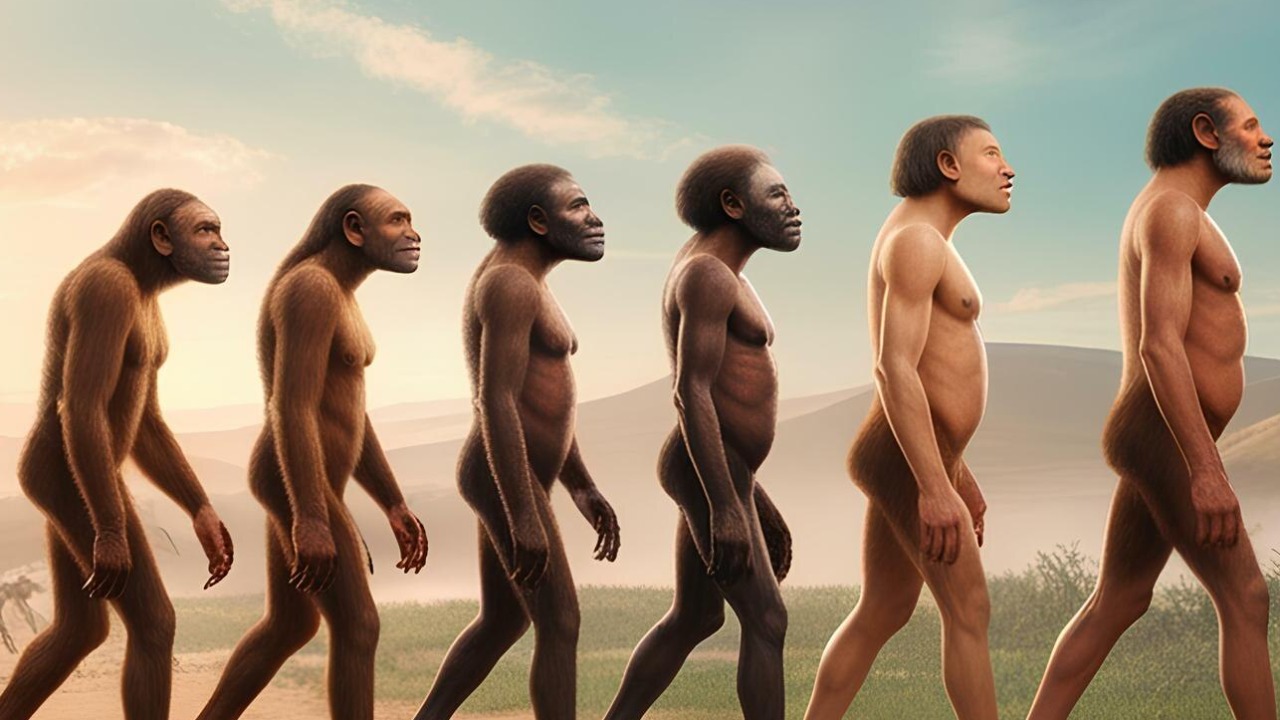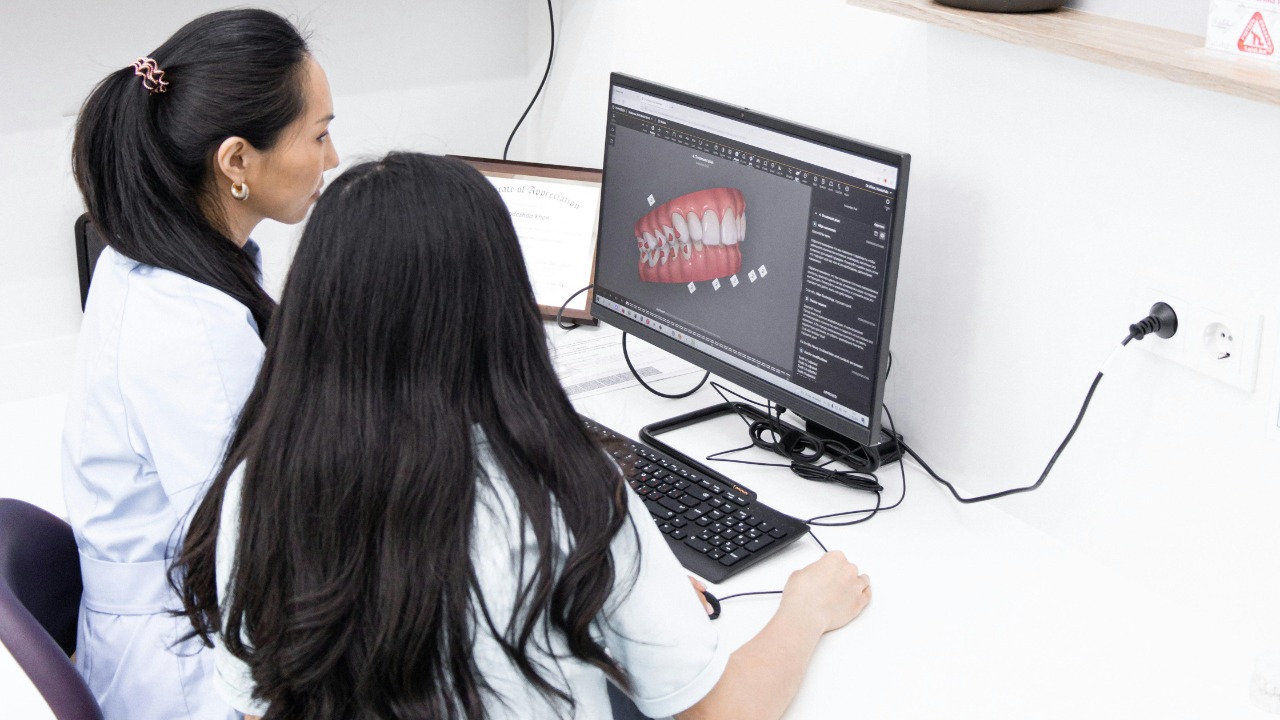
In the realm of evolutionary biology, there are many fascinating aspects of human anatomy that have clear evolutionary purposes. However, one particular feature has puzzled scientists for years: the human chin. Unlike other physical traits, the presence of the chin doesn’t seem to fit neatly into the framework of natural selection, raising intriguing questions about its origins.
The Enigma of the Human Chin

The human chin is a distinctive feature, characterized by the protruding bone located at the bottom of the face. It is unique to our species, Homo sapiens, and its existence has long been a subject of debate among researchers. While other mammals, including our closest primate relatives, have flatter or differently shaped jawlines, none possess the pronounced chin that humans do. This peculiar aspect of human anatomy stands out as an anomaly in the natural world.
Historically, the emergence of the chin is thought to have occurred during the late Pleistocene era, a period marked by significant evolutionary change. Fossil records suggest that our ancestors, such as Neanderthals, did not possess chins, indicating that this feature developed relatively recently in the timeline of human evolution. The chin’s sudden appearance and its absence in other species raise intriguing questions about its purpose and origin.
Theories Behind the Chin’s Existence

Several theories have been proposed to explain the chin’s existence. One of the most prominent is the mechanical theory, which suggests that the chin serves as a structural reinforcement for the jaw. According to this view, the chin provides additional support to withstand the forces generated during chewing. However, this explanation falls short when considering that other mammals with similar dietary habits do not possess chins.
Another hypothesis revolves around sexual selection, proposing that the chin may have evolved as a feature that attracts mates. This idea suggests that a pronounced chin could be perceived as a sign of genetic fitness, making individuals with chins more desirable partners. Yet, this theory is speculative and lacks substantial evidence to confirm its validity. Additionally, cultural preferences for facial features can vary widely, making it difficult to pinpoint the chin’s role in mate selection.
The speech facilitation theory posits that the chin may aid in verbal communication and language development. It is argued that the chin contributes to the complex movements of the mouth and tongue necessary for speech. While this explanation highlights the importance of the chin in modern human communication, it does not fully account for its initial emergence, especially in the absence of other speech-related adaptations in early human ancestors.
Challenges to Existing Theories

Despite the various theories proposed, none have been able to comprehensively explain the presence of the chin. One major challenge is the lack of a direct survival advantage linked to the chin. Unlike other evolutionary traits that offer clear benefits, such as opposable thumbs or bipedalism, the chin does not seem to provide an obvious functional advantage in terms of survival or reproduction.
Cultural and social factors may also play a role in shaping human anatomy. Over time, societal norms and beauty standards could have influenced the prominence of certain physical traits, including the chin. However, this explanation is speculative and does not provide a concrete evolutionary basis for the chin’s existence. Furthermore, the chin remains a unique feature even in diverse cultures with varying beauty ideals, suggesting a more complex origin.
The Chin in the Context of Human Evolution

In the broader context of human evolution, the chin is one of several unexplained features that distinguish Homo sapiens from other hominin species. Other anomalies include the relatively large human brain and the ability to walk upright on two legs. Each of these traits has been the subject of extensive research and debate, yet many questions remain unanswered.
The chin’s unique presence in humans highlights the complexity of human evolution and adaptation. While it may not fit neatly into existing frameworks of natural selection, it serves as a reminder of the intricate and often unpredictable nature of evolutionary processes. The chin’s development, alongside other evolutionary anomalies, underscores the importance of considering multiple factors in understanding human evolution.
Future Directions in Evolutionary Research

Advancements in technology and research methodologies offer promising avenues for exploring the mysteries of human evolution, including the chin. Emerging technologies such as 3D imaging and genetic analysis can provide new insights into the development and function of facial features. These tools have the potential to uncover previously unknown aspects of our evolutionary history.
Interdisciplinary research, combining insights from fields such as anthropology, genetics, and biomechanics, holds promise in shedding light on the enigma of the chin. By integrating diverse perspectives, researchers can gain a more comprehensive understanding of how and why certain features, like the chin, have evolved in humans. The importance of remaining open to new hypotheses and unexpected findings cannot be overstated in the ever-evolving field of evolutionary biology.
As we continue to explore the intricacies of human evolution, the chin serves as a fascinating focal point for ongoing inquiry. While the mystery of the chin remains unsolved, it continues to capture the imagination of scientists and laypeople alike. With continued research and exploration, we may one day unravel the secrets of this unique human feature.